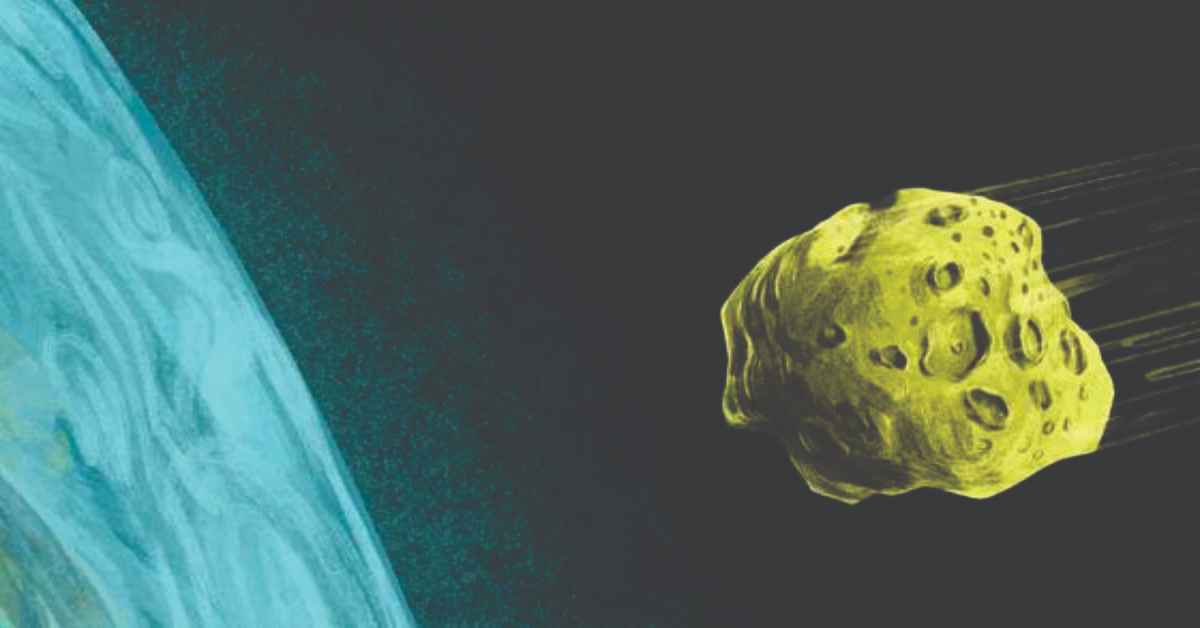NASA Warns of 3.1% Chance of ‘City Killer’ Asteroid Hitting Earth
Possible impact zones include areas over the eastern Pacific Ocean, South America, Africa, and South Asia.

NASA has reported that asteroid 2024 YR4 now has a 3.1% chance of colliding with Earth on December 22, 2032.
This marks the most significant impact risk recorded by modern forecasting, according to AFP.
Despite the alarming probability, experts urge the public to remain calm.
Bruce Betts, chief scientist at the Planetary Society, explained that while the odds are rising, they will likely change with further observations.
The asteroid was first detected on December 27, 2024, by the El Sauce Observatory in Chile.
Measuring between 130 and 300 feet in diameter, 2024 YR4 is categorized as a “city killer” due to its size and velocity, potentially reaching nearly 40,000 miles per hour upon impact.
While not on the scale of the asteroid that wiped out the dinosaurs, an impact could still cause significant destruction.
If the asteroid enters Earth’s atmosphere, it could produce an airburst equivalent to about eight megatons of TNT, far exceeding the power of the Hiroshima bomb.
Possible impact zones include areas over the eastern Pacific Ocean, South America, Africa, and South Asia.
The International Asteroid Warning Network (IAWN) first flagged the asteroid’s increasing risk in January.
NASA’s latest calculations indicate a one-in-32 chance of impact—comparable to correctly predicting five consecutive coin tosses.
However, the asteroid’s trajectory is currently shifting toward Jupiter, meaning its next close approach to Earth will not occur until 2028.
Meanwhile, the James Webb Space Telescope will begin observations next month to refine calculations regarding its orbit.
While the risk remains notable, scientists highlight that there is ample time to respond.
NASA’s 2022 DART mission demonstrated that spacecraft technology could be used to deflect a threatening asteroid if necessary.
